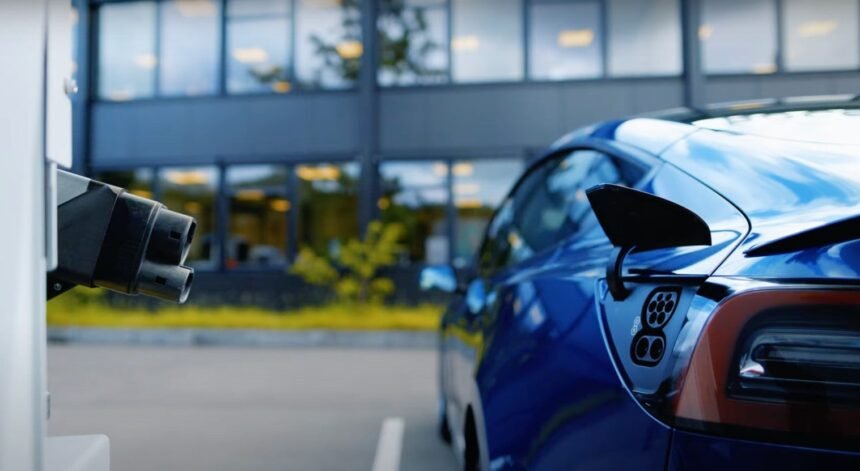Rocsys, a company specializing in hands-free charging solutions for electric vehicles, has recently introduced a groundbreaking robotic arm called ROC-1. This robotic arm automates the docking process of the charging connector to an EV, from initiating the charging process to undocking the vehicle once the charge cycle is complete. This innovative solution eliminates the need for human intervention during the charging process, paving the way for seamless and efficient charging of autonomous vehicles and robotaxis.
In a recent interview with Crijn Bouman, CEO and founder of Rocsys, he shared insights into the company’s mission and future plans. With nearly two decades of experience in the electric mobility industry, Bouman founded Epyon, a company that developed fast chargers for electric cars. Following the acquisition of Epyon by ABB, Bouman’s encounter with a secretive company in California that was working on a robotaxi project sparked the idea for Rocsys. The company’s mission is to accelerate the shift towards zero-emission and autonomous vehicles by addressing the critical bottleneck of charging infrastructure.
The ROC-1 robotic arm is designed for use with automated vehicles, particularly in scenarios where manual intervention for charging is still required. It is also tailored for applications in logistics centers and ports where automated vehicles play a significant role. Rocsys is currently working on the second generation of the ROC-1, which will be specifically geared towards the robotaxi market.
Rocsys is actively involved in the ROCIN-ECO consortium, collaborating with major automakers such as Audi, Mercedes, BMW, Ford, and Porsche. The consortium aims to establish a standard for robotic charging of vehicles, ensuring seamless communication and compatibility across different car models. The standardization efforts are crucial for the widespread adoption of robotic charging technology and are expected to be finalized by the end of 2025.
Looking ahead, Bouman envisions a future where robotaxis become a mainstream mode of transportation in urban areas. With companies like Waymo already offering paid rides in robotaxis and Baidu set to launch a profitable robotaxi service, the industry is rapidly evolving. The UK is poised to become a key market for robotaxis, with legislation allowing self-driving vehicles on public roads from 2026 onwards.
To make robotaxis a viable and profitable option, operational excellence is crucial. Efficient charging operations, seamless vehicle availability, and competitive pricing are essential factors for success. Rocsys’ robotic charging solutions are designed to upgrade existing infrastructure without the need for extensive modifications, making them a cost-effective and scalable solution for the future of electric mobility.
In conclusion, the future of autonomous vehicles and robotaxis is rapidly approaching, with innovative technologies like Rocsys’ robotic charging solutions leading the way. As the industry continues to evolve, seamless integration of automation, electrification, and efficient charging infrastructure will be key to unlocking the full potential of autonomous transportation.







